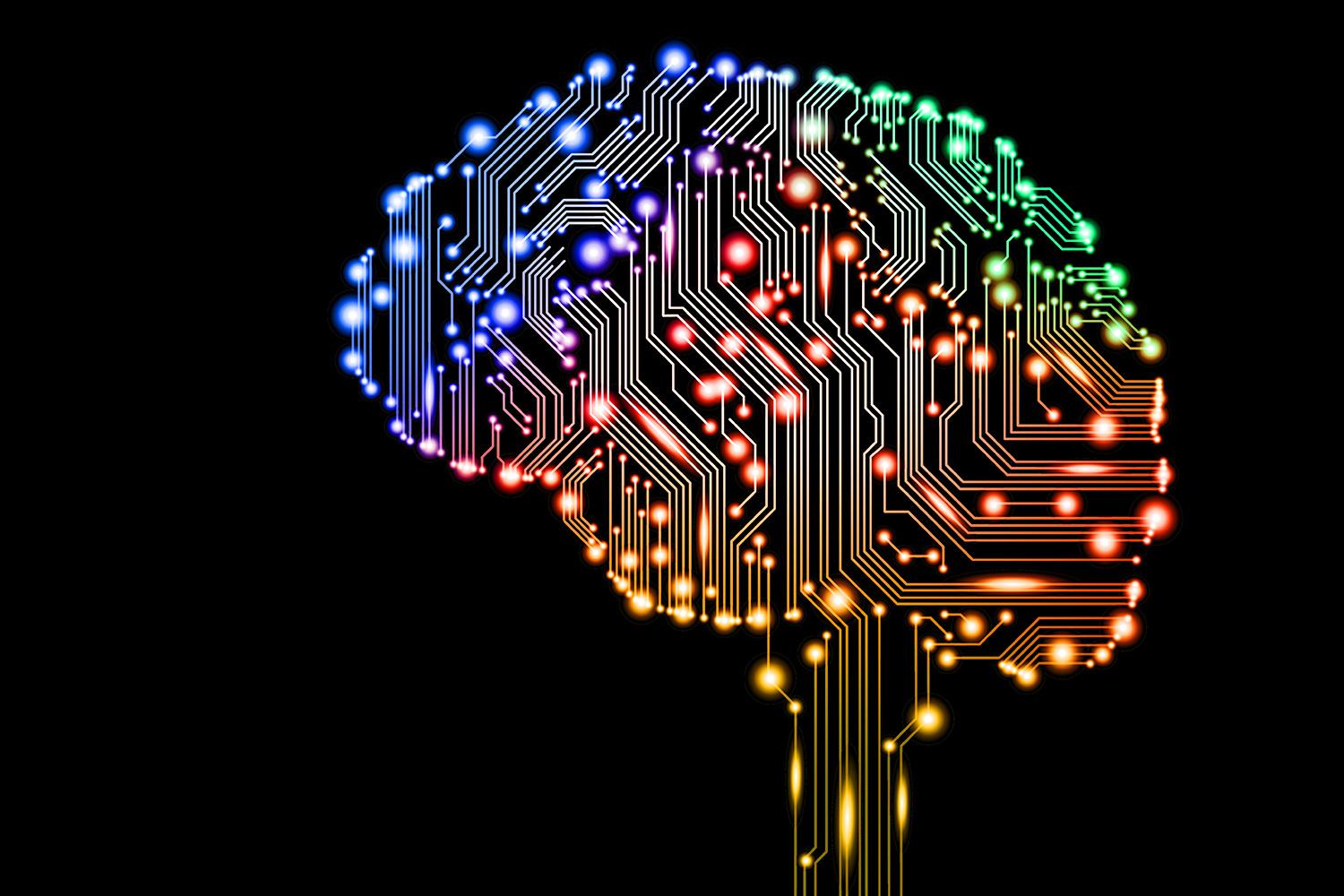With the rise of artificial intelligence, machine learning has been applied to many aspects of the finance industry. In this article we will discuss how machine learning is used in finance and how it is expected to progress in the future. First, let us explain what machine learning is and how it is important.
What is Machine Learning?
Machine learning uses computer programs to analyze big data and learn from that data. In other words, machine learning finds patterns in data and uses them to make inferences and decisions for a wide range of sectors including medical, financial, and many other sectors as well. This is significantly different from traditional computer programming which simply delivers an output based on the coding input of humans. Instead of sticking to the same algorithm, machine learning is continuously updating and improving to make the most accurate inferences. The rate of productivity increase within machine learning programs is definitionally far greater than traditional programming because it is driven by internal learning as well as human input. This dynamic can be roughly imagined as an exponential curve compared to a linear curve. Machine learning is extremely valuable and important for almost every aspect of life due to its speed and continuous learning, making it much faster and smarter than humans.
How is Machine Learning used in Finance?
Machine learning is used in finance for a variety of reasons. For one, machine learning is used to complete manual and repetitive work at a much faster rate than humans, ultimately increasing productivity and efficiency. Automating manual work also allows companies to service a larger customer base and minimize costs. Additionally, machine learning is used in finance for security. Companies use machine learning to monitor account behavior and detect fraud. Once suspicious activities have been detected, machine learning programs can contact clients, block fraudulent charges, and learn how to protect against the same type of attack in the future. Lastly, an important use for machine learning in finance is algorithmic trading. Algorithmic trading utilizes computer programs to follow a set of instructions to place trades. Machine learning has greatly impacted algorithmic trading as it can enable algorithms to adapt to changing market environments at a faster speed than humans.
What is the Future of Machine Learning in Finance?
In the future, it is likely that machine learning will contribute to an increasing number of trades in financial markets. Machine learning already helps traders immensely with trading decisions, speed, and strategy. Currently, algorithmic trading utilizes machine learning to improve its decision making based on a variety of factors such as price, time, and quantity. In the future, with improvements in machine learning, computers will be able to handle a wider variety of parameters and be able to essentially understand exactly what the financial markets are going to do. Some argue, however, that although machine learning will identify and correct existing market inefficiencies, it will also create new inefficiencies which traders will be able to exploit.
Additionally, machine learning will have a meaningful impact on the future of the financial advisory business. Currently, machine learning is responsible for automation of manual and repetitive work, but there is definitely room for growth in this sector. With machine learning, computers could one day be able to perform a majority of the tasks done by humans. With the rise of machine learning and artificial intelligence, robo-advisors will be able to provide comprehensive analysis of investment portfolios and offer customized advice which considers tax implications, risk tolerance, and retirement plans. There are endless opportunities for growth in machine learning, especially relating to finance. Indeed, machine learning is inextricably linked to the future of finance.

















